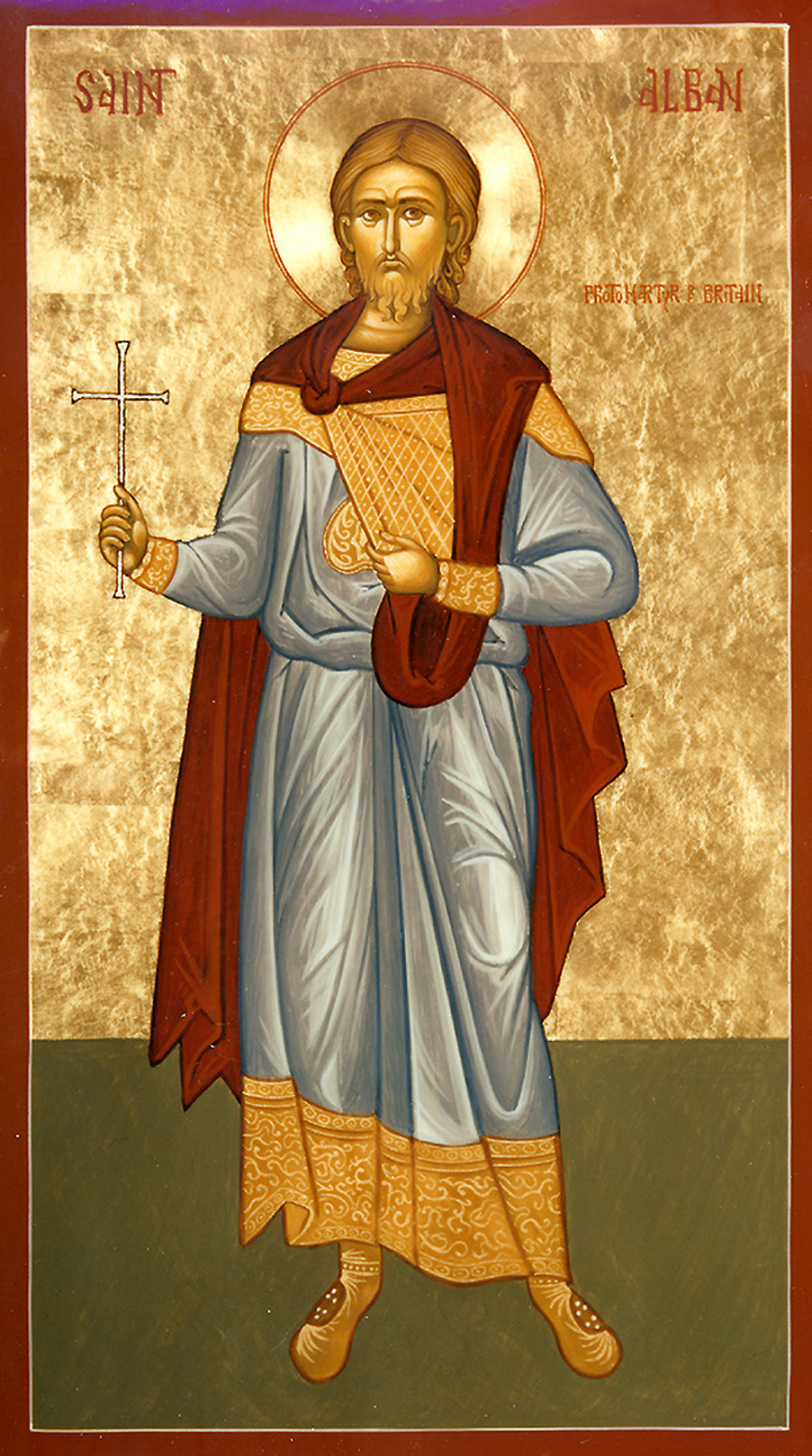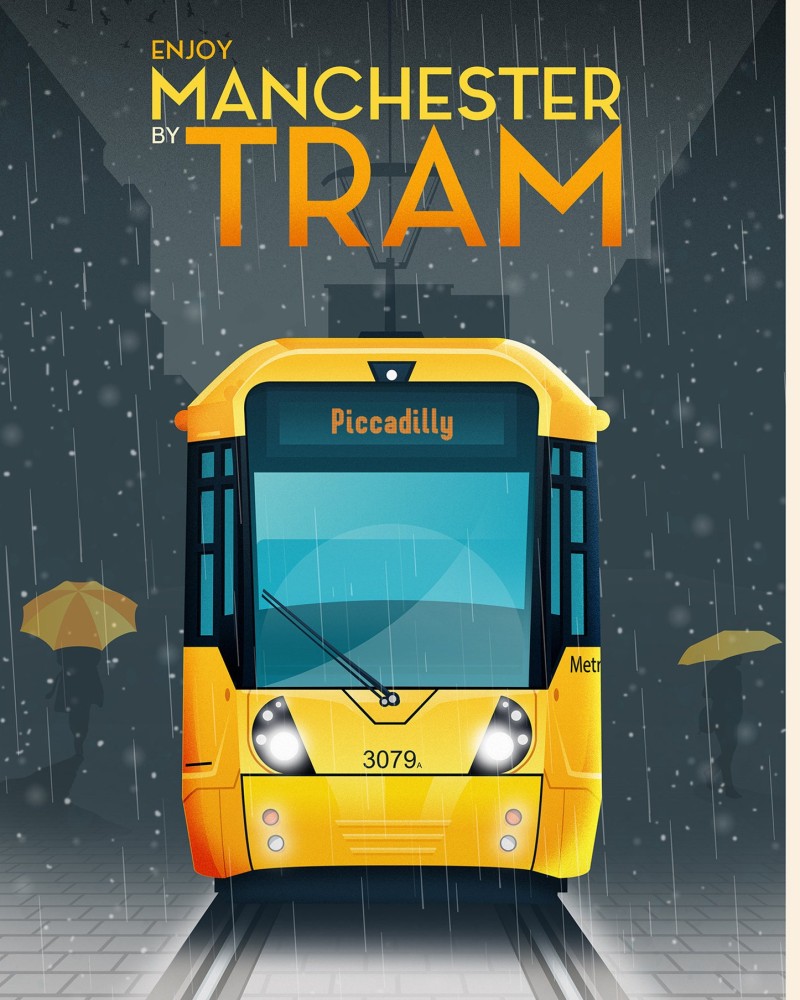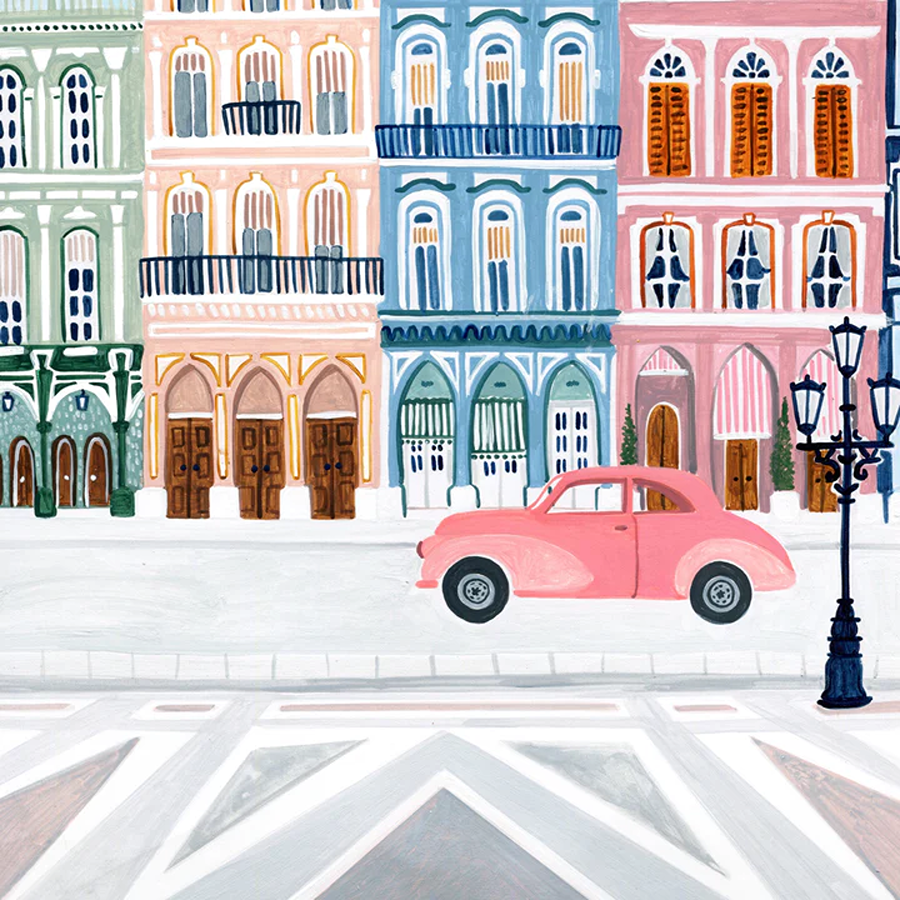Hertfordshire: Pretty Villages, Garden Cities, St Alban

Hertfordshire is one of England’s ‘home counties’ that is near enough to commute to and from London, but less expensive to live in, though still pretty pricey. Known for its pretty villages with ponds and churches, this is a real slice of old England.
Although the village of St Mary Mead was fictional, if you fancy living in a county akin to the old Miss Marple mysteries, this is bang on. This county also contains both of England’s two garden cities.
Always follow the Countryside Code, to keep all creatures safe.
St Albans: A City with Its Own Saint

The market town of St Albans is now a city, with Roman walls and the cathedral at its heart. There is a weekly market, and Verulamium Park, set by a tranquil lake, perfect for an afternoon walk or picnic. Enjoy riverside views and woodlands.
St Alban lived in around 305 AD. A former pagan, he converted to the Catholic faith, after a priest he sheltered made such a strong impression. He was the first-ever Christian martyr (killed for his faith) and is apparently the patron saint of converts and torture victims. His prayer is often still said today:
I worship and adore the true and living God, who created all things’.
There is a story that St Alban’s execution was delayed, as the fast-flowing river that he could not cross dried up, allowing him to escape. When he was eventually beheaded, his head rolled down a hill and a spring immediately created fresh water.
The executioners were so surprised, they began to revere him as a saint, and the well still stands today at Holywell Hill. Who needs reality TV?
Welwyn and Letchworth: England’s Garden Cities

Garden cities were inspired by town planner Ebenezer Howard. He wished communities to enjoy fresh air and greenery, in crowded cities.
If planning garden cities, know which trees and plants are toxic to horses, livestock and other animals. And to plant pet-safe public gardens.
Even today, Welwyn Garden City and Letchworth Garden City retain acres of parks and communal gardens, with design to encourage social interaction and peaceful strolls.
Despite being near to London, both towns enjoy broad walkable streets and detailed planning, which blend old-world elegance with modern life.
- Letchworth Garden City emerged in 1903 as the first of its kind in the world. Its broad, tree-lined roads set a template for later suburbs.
- Welwyn Garden City followed in 1920, applying the same ideas on a larger scale. The city’s tidy parks, open squares, and arts-and-crafts houses create a sense of order and openness.
Hemel Hempstead: One of England’s First ‘New Towns’
New towns were built to try to accommodate more people, as London’s population grew. Hemel Hempstead is one such town, and also has the dubious title of being the first town to build a multi-storey car park. Thankfully today peer-to-peer parking spaces are taking over, to end these horrible monstrosities.
Once named ‘England’s ugliest town’, things are looking up, as it’s fallen off the list in a recent Telegraph survey (the ugliest town is now Slough in Berkshire, with Lewes in Sussex the prettiest).
Hemel Hempstead is also home to the Plough Roundabout, opened in 1973. It did not prove popular, bringing traffic to a stop, due to letting motorists turn left or right. Thankfully a new Dutch-style roundabout is soon to be built here instead, giving priority to walkers and cyclists.






